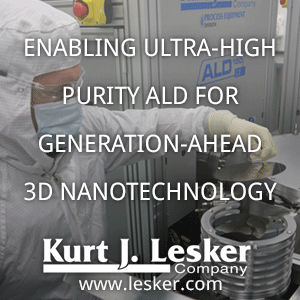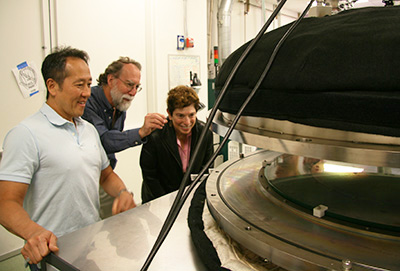The discovery of ferroelectric properties of binary oxides more than 10 years ago by researchers in Dresden, Germany has boosted the interest in ferroelectrics and bridged the scaling gap between the
state-of-the-art semiconductor technology and ferroelectric memories.
NaMLab, a subsidy to TU Dresden and a startup company
FCM, have devoted substantial resources in understanding the hafnia based ferrolectric materials in detail and here is one of their latest publication seeking to find a correlation between the performance of the memory device and underlying
physical mechanisms.
Milan Pešić, Christopher Künneth, Michael Hoffmann, Halid Mulaosmanovic, Stefan Müller, Evelyn T. Breyer, Uwe Schroeder, Alfred Kersch, Thomas Mikolajick, Stefan Slesazeck
S.I.: Computational Electronics of Emerging Memory Elements (LINK)
In a TiN/FE:HfO2/TiN based ferroelectric cell, charge trapping influences the electric field here the polarization response and corresponding domain pinning due to the charge trapping of a woken-up (left) and a fatigued stack (right) is shown. (Picture: NaMLab gGmbH SlideShare LINK).
From a memory materials, process and precursor point of view it is interesting to follow the
high-k material development starting with hafnia based DRAM at 90 nm
in 2004 then moving to zirconia based below 65 nm and remaining strong
since then and now there is an obvious opportunity for hafnia to come
make a comeback in the future as a ferroelectric non-volatile memory
technology.
Recently I entertained myself by mapping the high-k IP that has been field segmented according to their elements. Here it is striking to see that there is almost no filing in the old school strontium, barium and PZT based ferroelectrics or "super high-k´s" nowadays as compares to in the nineties (see below, as presented at the CMC Conference 2017 in Dallas, USA).
Obviously hafnia also is heavily researcher due to its use as a gate dielectric in CMOS Logic and many high-k´s are also interesting in other types of memory cells like RRAM.



%20(1).png)















